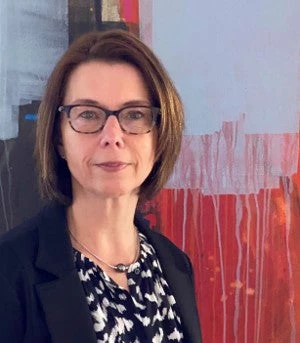
Ministerial meetings aren’t known for their dynamism. As Adam Wagstaff wrote in a recent
blog post
, these formal interactions sometimes lack the energy—and follow-through—that such high-level gatherings should inspire.
However, this wasn’t the case in late February, when the World Bank and the World Health Organization (WHO) met with 27 finance and health ministers, international partners and civil society organizations in Geneva to discuss countries’ progress toward universal health coverage (UHC). The topic energized attendees, who vowed to continue following the path towards UHC in their countries.
The topic, itself, is of great interest worldwide: More than 30 middle-income countries are implementing programs that lead them down the road to UHC—and many more low- and middle-income countries are considering embarking on this journey.
UHC working across globe
The jury is in on these UHC initiatives: They’re helping countries achieve better health and development outcomes, preventing people from falling into poverty due to illness, narrowing gaps in use of needed services, and giving people the opportunity to lead healthier, more productive lives.
Just before the Geneva meeting, the Bank released more than 20
country studies
, which examine in depth the programs that have expanded coverage, starting with the poor and vulnerable. The countries’ stories speak for themselves.
Mexico
has insured 52 million people, thanks to its Seguro Popular program. On the other side of the world,
Indonesia
is covering more than 76 million people and
India
, 300 million. In
Kenya
, nearly 3,000 health facilities are expanding care to the poor. In the
Kyrgyz Republic
, out-of-pocket expenditures for the poorest 40% have dropped thanks to UHC. And in the Middle East,
Tunisia
is calling for a new social contract to include greater health care coverage.
The Bank has supported these countries and many others as they move toward UHC. Whatever path countries take, the Bank aims to help countries build healthier, more equitable societies, as well as improve their fiscal performance and country competitiveness—all toward the goals of ending extreme poverty and boosting shared prosperity.
Looking beyond 2015
The global movement is gaining momentum, with the United Nations General Assembly recently calling for countries to “urgently and significantly scale up efforts to accelerate the transition towards universal access to affordable and quality health care services.”
The Bank-WHO meeting helped answer that call. The meeting reenergized the Bank’s commitment to work closely with WHO and country and development partners, as the world moves toward articulating the post-2015 development framework.
During the meeting, ministers emphasized that the next round of development goals should reflect the key elements of UHC: universalism, equity, financial protection, and timely and good-quality health care. They also said that “coverage” is less an end in itself and more a means to an end. In fact, two ends: better health outcomes and higher living standards, both of which are key elements of the Millennium Development Goals.
In response to country demand, the Bank and WHO are developing a monitoring framework that will help countries track their countries’ progress toward universal health coverage in a way that explicitly captures the potential importance of UHC in achieving better health and higher living standards for everyone. The framework will be available for consultation with countries and partners later this year.
Follow the World Bank Health team on Twitter:
@worldbankhealth


Join the Conversation